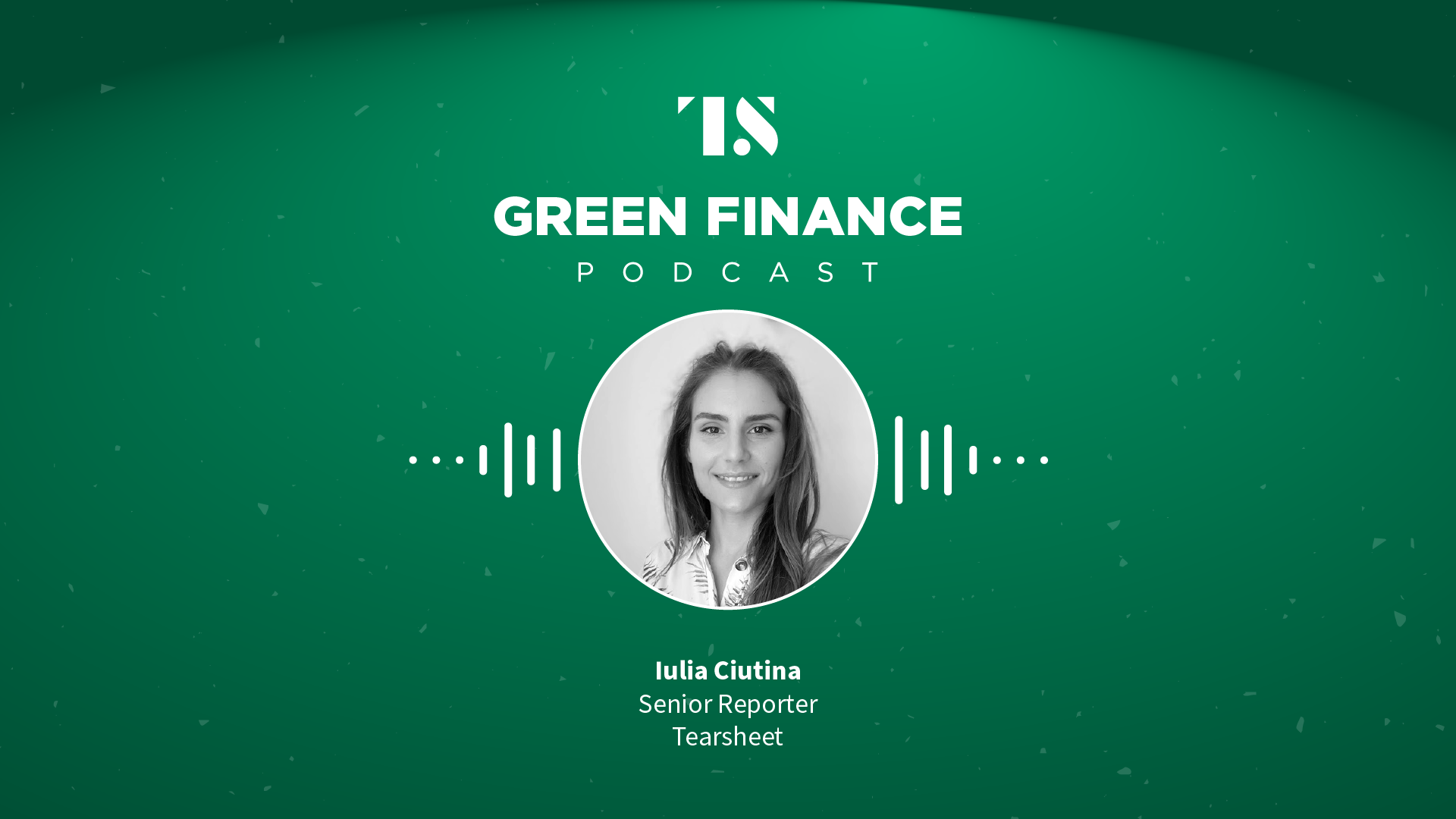Green Finance, Podcasts, The Green Finance Podcast
The Green Finance Podcast Ep. 2: The S in ESG and the role of inclusive product design
- A lot of the focus today goes on the E in ESG investing, which represents the environmental factor, and the latter two parts – Social and Governance – are often overlooked.
- In the second episode of the Green Finance Podcast, we explore what the S in ESG stands for with Timothy Flacke, the co-founder and executive director of Commonwealth.










